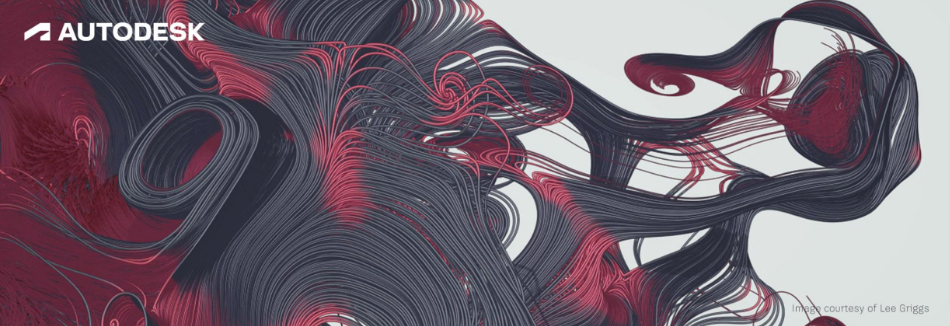What's new in Arnold 7?
POSTED 18th OF Oct, 2021
POSTED 18th OF Oct, 2021

The latest Arnold release amplifies rendering performance, interactivity, and reliability, allowing artists to deliver beautiful results faster. Performance is significantly upgraded, scalability on GPU is greatly improved, and fullframe imagers are now updated during rendering. Intel’s Open Image Denoise, a fast, AI accelerated, high-quality denoiser is now integrated. This release also adds production-ready USD enhancements for specific procedurals and shapes in Hydra, deep AOVs, light linking, and more.
Improved imagers refresh rate in IPR
Fullframe imagers will now be updated during rendering so that the imager chain result can be previewed before the entire image has been rendered, saving artists time on guesswork.
Faster filter performance in progressive rendering
The performance of several filters including the Triangle, Sinc, Blackman-Harris, Catmull-Rom, and Mitnet filters have been boosted in performance by up to 48% and boast a 20x improvement in memory usage when rendering in progressive mode.
Speedier OSL textures
OSL now uses the same code as Arnold's image node for resolving texture tags, such as UDIMs, resulting in much faster performance. This can make OSL texture lookups faster and increase the types of texture tags that can be used from OSL.
Multiple render sessions
Arnold can now render several scenes simultaneously within the same process, opening the door to interactivity improvements such as rendering shaderball previews without interrupting the main render.
This release continues to build on Arnold’s post-processing nodes (or imagers) toolset to allowartists to fine-tune post-processing effects and see them update right in the render view. AlsoInroduced are new imagers for denoising and LUT-based tone mapping.
A fast, high quality Intel denoiser
Intel's Open Image Denoise, a fast, AI-accelerated denoiser that runs on CPU is now integrated intoArnold as an additional denoising option. Arnold now automatically adapts its sampling when theIntel's Open Image Denoise or NVIDIA's OptiX are in use for higher-quality results.
Improved AI denoising
The OptiX and Intel's Open Image denoisers now use the newly introduced denoise_albedo_noisy AOV as the albedo feature AOV provided to the denoiser. This adds specular reflections and refractions to the albedo, improving the denoiser quality. Below are comparisons between undenoised and Optix denoised with the old and new albedo AOV.
More control over brightness and color curves
A new imager to control brightness and color curves has been added. Separate curves can be authored for each R, G or B component, along with a main curve to control overall luminance response. Curve interpolation and working color space can also be set as needed.
Tweak shadows and curves with LUT-based tone mapping
Artists can now apply a LUT (lookup table) file in any format supported by OpenColorIO v2 in the tone mapping imager, allowing them to select a look to apply on an image. Artists can also specify a working colorspace for the LUT.
Better subsurface spread with SS sets with randomwalk
This release brings Sub-Surface Scattering (SSS) sets with randomwalk, allowing subsurface effects to spread between distinct objects. SSS simulates the effect of light entering an object and scattering beneath its surface. This allows for more realistic renders of objects such as teeth, as shown in the example below.
Added support for MaterialX v1.38
Arnold extends its support to v1.38 of MaterialX, an open standard for transfer of rich material and look-development content between applications and renderers. As part of this upgrade, looks and materials exported from Arnold will now be expressed as combinations of Nodes and Inputs, departing from the previous standard of ShaderRefs and Params.
Multiple outputs for shaders
Arnold now supports having multiple outputs for C++ and OSL shader nodes.
Arnold continues to improve on its GPU toolset with reduced VRAM use for polymeshes and volumes, and added support for matte.
Reduced VRAM use for polymeshes
The amount of VRAM used by polymesh is now significantly lower. Scenes with heavy subdivisions will use around 33% less GPU memory for geometry.
Reduced VRAM use for volumes
Arnold now uses compressed NanoVDB, further reducing the volume footprint on GPU by about50%, on par with CPU.
Matte support
Support for matte has been added to the GPU integrator. This means the matte closure, matteshader, and matte shape flag are all now supported.
Arnold continues to collaborate with top studios to add production-ready USD improvements. This release includes added USD support for Usd Imaging adapters, deep rendering, procedural path mapping, and more. Several performance improvements have also been added.

